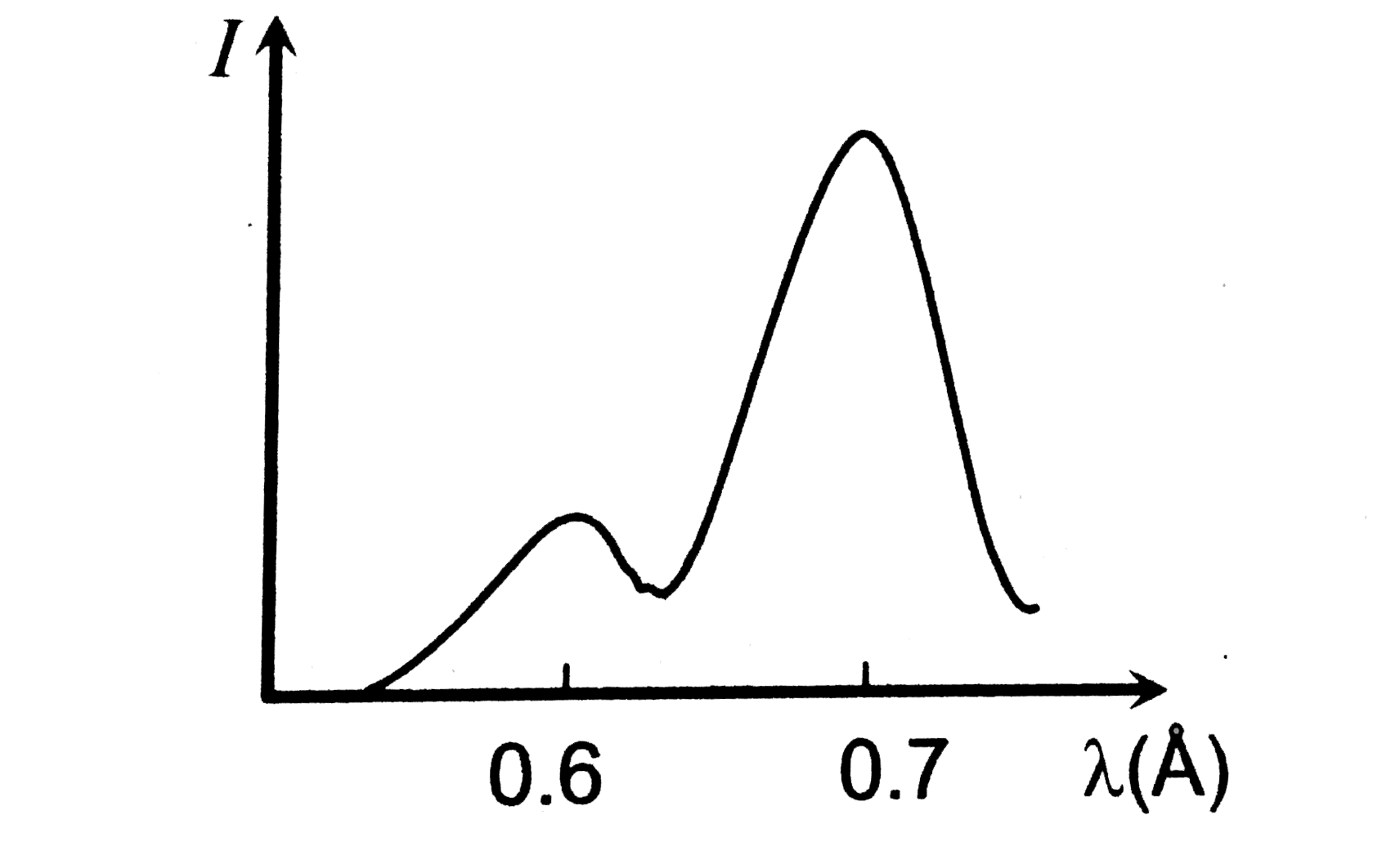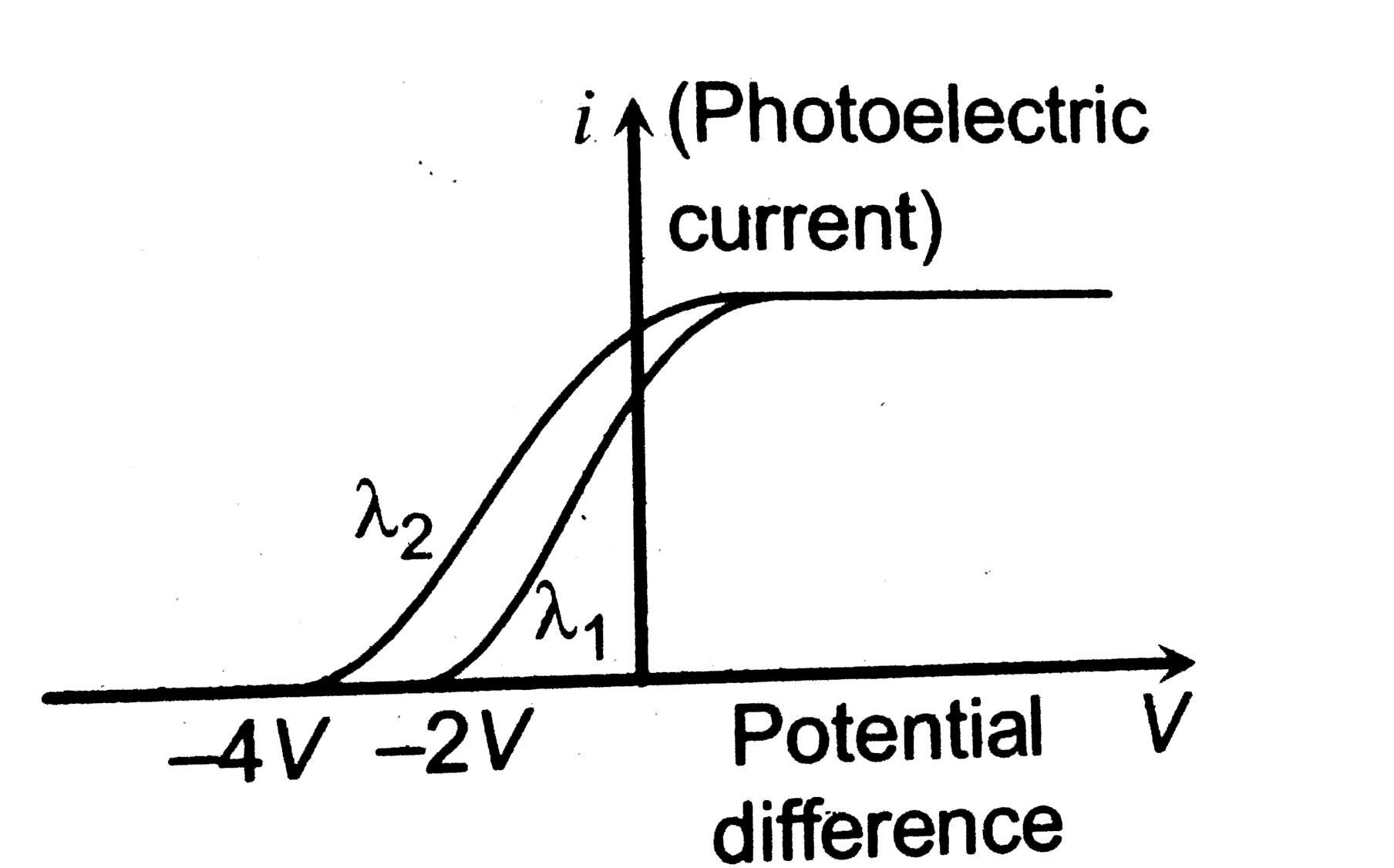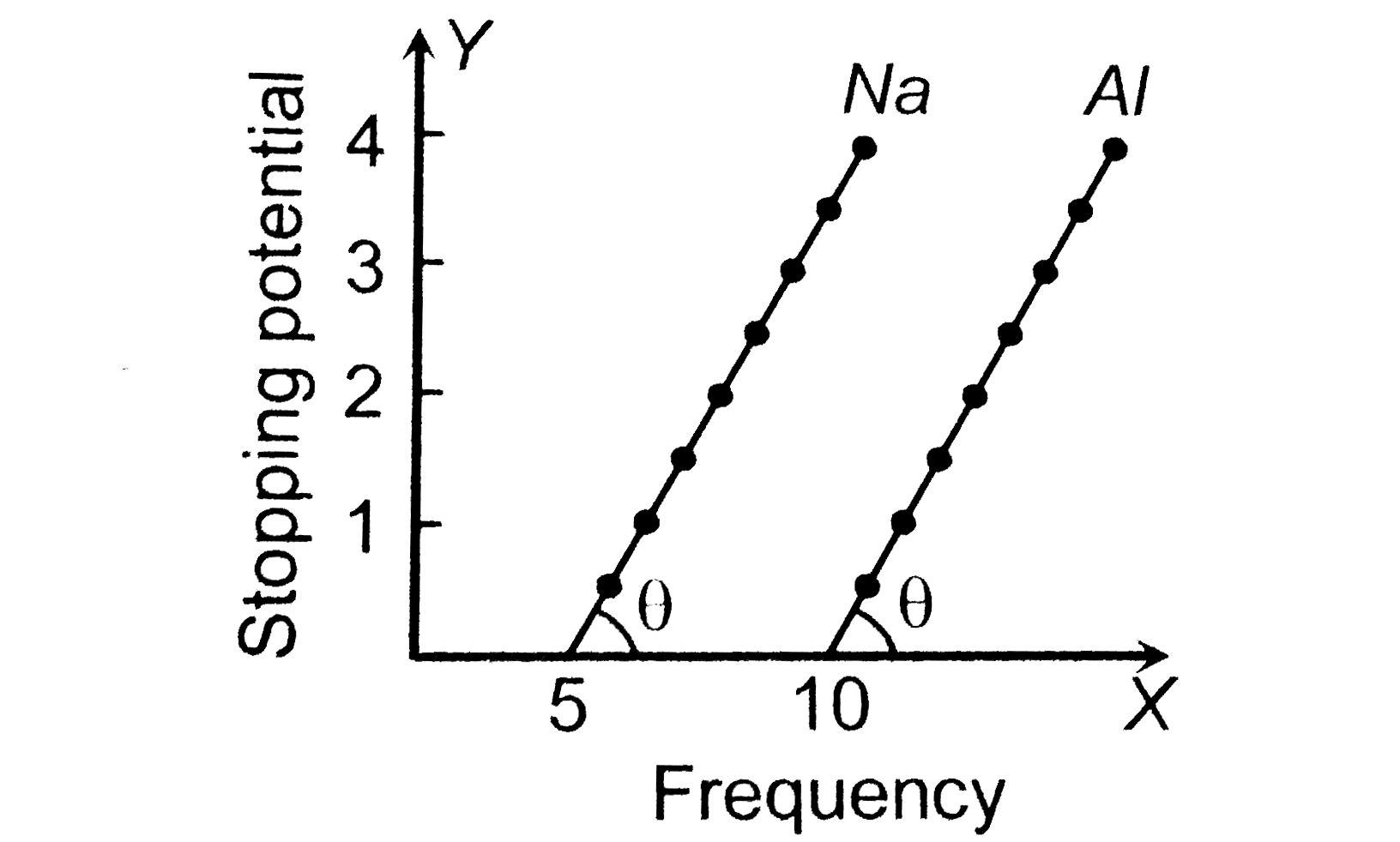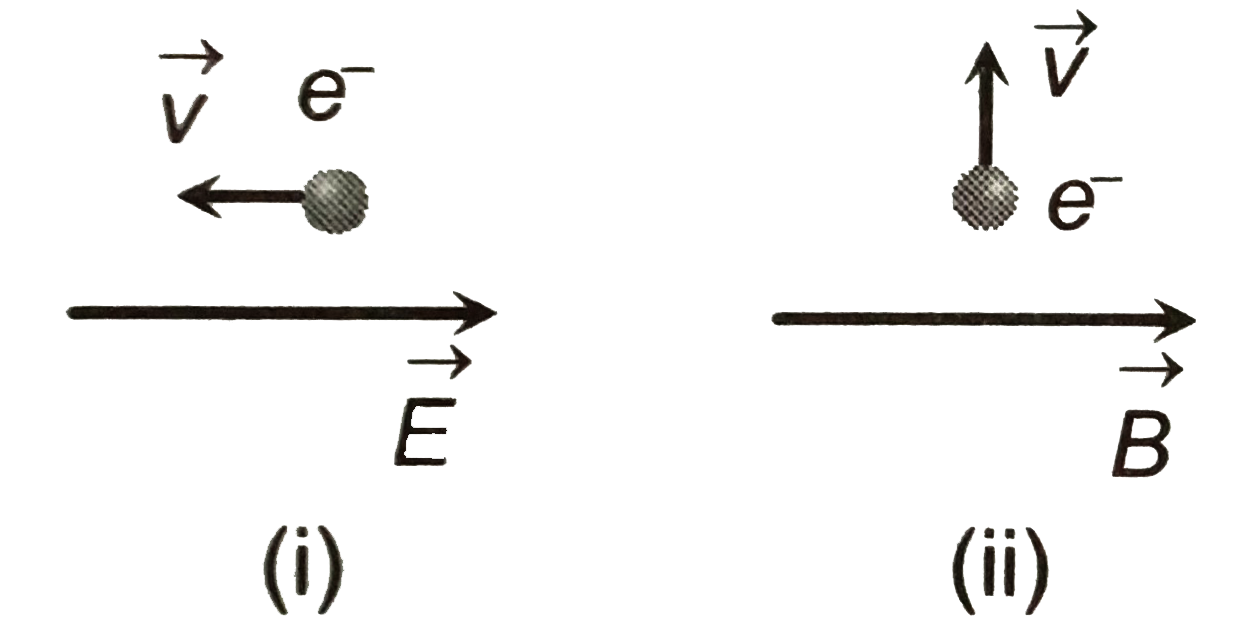Complete Solutions to Section D - Chapter End Test of chapter DUAL NATURE OF RADIATION AND MATTER of Class 12 book with complete answers and questions
| Class 12 | PHYSICS |
| Chapter | DUAL NATURE OF RADIATION AND MATTER |
| A2Z | Section D - Chapter End Test |
| Number Of Questions | 30 |
| Academic Year | 2023-24 |
If a photon has velocity `c` and frequency `n` , then which of following represents its wavelength ?
View SolutionLights of two different frequencies whose photons have energies 1 and 2.5 eV, respectively, successively illuminate a metal whose work function is 0.5 eV. The ratio of the maximum speeds of the emitted electrons
View SolutionSodium and copper have work functions `2.3 eV and 4.5 eV` respectively . Then the ratio of the wavelength is nearest
View SolutionTwo identical photocathodes receive light of frequency `f_(1) andf_(2)` if the velocites of the photo electrons (of mass `m`) coming out are repectively `v_(1) and v_(2)` then
View SolutionThe work function of a substance is `4.0 eV`. The longest wavelength of light that can cause photo electron emission from this substance is approximately. (a) `540 nm` (b ) `400nm` (c ) `310 nm` (d) `220 nm`
View SolutionAccording to Einstein's photoelectric equation, the plot of the maximum kinetic energy of the emitted photoelectrons from a metal versus frequency of the incident radiation gives a straight line whose slope
View SolutionA photocell is illuminated by a small bright source places `1` m away when the same source of light is placed `(1)/(2)` m away. The number of electron emitted by photocathode would be
View SolutionIf the kinetic energy of a free electron doubles , its de - Broglie wavelength changes by the factor
View SolutionIn a photoelectric effect , the `K.E.` of electrons emitted from the metal surface depends upon
View SolutionThe photoelectric effect can be understood on the basis of
View SolutionIf the threshold wavelength for sodium is `5420 Å`, then the work function of sodium is
View SolutionThe magnitude of saturation photoelectric current depends upon
View SolutionFor photoelectric emission , tungsten requires light of `2300 Å`. If light of `1800 Å` wavelength is incident then emission
View SolutionThe light rays having photons of energy `1.8 eV` are falling on a metal surface having a work function `1.2 eV`. What is the stopping potential to be applied to stop the emitting electrons ?
View SolutionA photon of energy `8 eV` is incident on metal surface of threshold frequency `1.6 xx 10^(15) Hz`, The maximum kinetic energy of the photoelectrons emitted ( in `eV`) (Take `h = 6 xx 10^(-34) Js`).
View SolutionIn the diagram a graph between the intensity of `X`-rays emitted by a molybdenum target and the wavelength is shown , when electrons of `30 keV` are incident on the target. In th egraph one peak is of `K_(alpha)` line and the other peak is of `K_(beta)` line

View SolutionThe maximum value of stopping potential in the following diagram is

View SolutionThe variation of wavelength `lambda` of the `K_(alpha)` line with atomic number `Z` of the target is shown by the following curve of

View SolutionFrom the figure describing photoelectric effect we may infer correctly that

View SolutionWhen an inert gas is filled in the place vacuum in a photo cell , then
View SolutionA photon of `1.7 xx 10^(-13) joules` is absorbed by a material under special circumstances. The correct statement is
View SolutionThe maximum velocity of an electron emitted by light of wavelength `lambda` incident on the surface of a metal of work function `phi`, is
Where h = Planck's constant , m = mass of electron and c = speed of light.
View SolutionWhen a monochromatic point source of light is at a distance
of 0.2 m from a photoelectric cell, the cut off voltage and the saturation current
are respectively 0.6 V and 18.0 mA. If the same source is placed 0.6 m away
from the photoelectric cell, then
(a) the stopping potential will be 0.2 V
(b) the stopping potential will be 0.6 V
(c ) the saturation current will be 6.0 mA
(d) the saturation current will be 2.0 mA
View SolutionWhich of the following has the least value of `(q)/(m)`?
View SolutionWhen green light is incident on the surface of metal , it emits photo - electrons but there is no such emission with yellow colour light. Which one of the colours can produce emission of photo - electrons ?
View SolutionAn electron is moving through a field. It is moving `(i)` opposite an electric field `(ii)` perpendicular to a magnetic field as shown. For each situation the de - Broglie wave length of electron

View SolutionThe figure shows different graphs between stopping potential `(V_(0))` and frequency `(v)` for photosensitive surface of cesium , potassium , sodium and lithium. The plots are parallel. Correct ranking of the targets according to their work function greatest first will be

View SolutionThe `K_(alpha)` `X` - rays arising from a cobalt `(z = 27)` target have a wavelength of `179 pm`. The `K_(alpha)` `X` - rays arising from a nickel target `(z = 28)` is
View SolutionAssertion : In the process of photoelectric emission , all the emitted photoelectrons have the same kinetic energy.
Reason : The photon transfers its whole energy to the electron of the atom in photoelectric effect.
View SolutionAssertion : Soft and hard `X`-rays differ in frequency as well as velocity.
Reason : The penetrating power of hard `X`- rays is more than the penetrating power of soft `X`-rays.
View Solution
Section D - Chapter End Test questions and complete solutions for chapter DUAL NATURE OF RADIATION AND MATTER of A2Z PHYSICS (HINGLISH) of Class 12